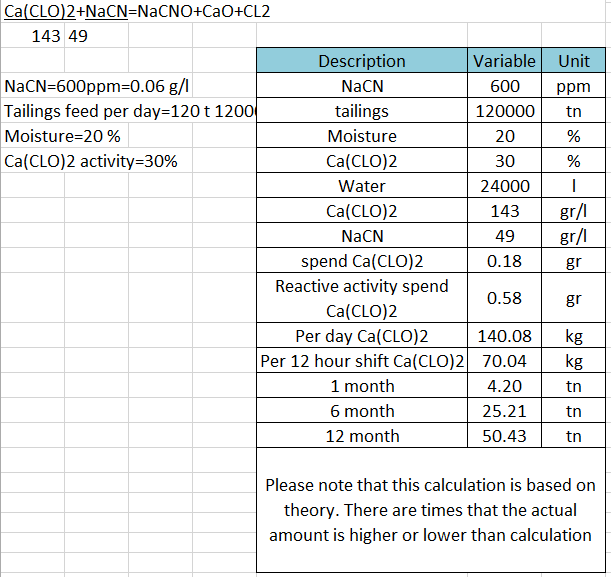Rheology of Polymer Solutions

Viscosity measurement represents one of the simplest experimental techniques for characterizing polymers. In general, the viscosity of a polymer solution depends on the molecular weight of the polymer and on the configuration of the molecules. For essentially linear polymers such as the polyacrylamide flocculants, coiling of the molecule in response to changes in its environment […]
Downdraft Tables

As well as metal working, welding or cutting, downdraft tables are also used for human dissection tables although rim exhausts are usually used for this purpose. For manual shoe repair and during application of artificial fingernails, downdraft tables are the only type of exhaust possible. Larger versions are used for sanding, grinding, polishing, and welding. […]
How to Transport Lime

Lime is transported in large volumes by the three common surface modes, i.e., barge, railroad, and truck. Barge Transportation Barges used in lime transportation have a capacity up to 1,500 tons and 1,400 ton loadings are very typical. The hulls of the barges are double skinned and constructed with water-tight sections. This type of barge […]
Ferrocyanide Methods of Analysis & Assay Procedure

QUALITATIVE DETECTION Because of the distinctive colors of the precipitates formed, various cations have been proposed for the qualitative detection of the ferrocyanide ion. Since interference frequently occurs, some care is usually necessary. As an illustration, the following condensed procedure serves for the detection of the ferrocyanide ion in the presence of ferricyanide and thiocyanate: […]
Ferrocyanide Toxicity

It is generally agreed that the ferrocyanide ion is of a low order of oral toxicity, even in relatively large dosage. Kobert states that potassium ferrocyanide in alkaline solution is nontoxic. In Precis de Toxicologie it likewise is asserted that this salt is nonpoisonous and that it is useful as a diuretic. There is recorded […]
Ferrocyanides Usage & Applications

Alkali metal ferrocyanides and their easily obtainable derivatives such as ferricyanides, nitroprussides, and hydroferrocyanic acid have found application in a wide variety of fields during the two centuries that they have been known. Through continued research new uses are being uncovered with increasing frequency. Most of these applications depend upon oxidation-reduction potentials, sequestering and precipitating […]
Hydroferrocyanic Acid

PHYSICAL PROPERTIES of Hydroferrocyanic Acid Hydroferrocyanic acid is most conveniently prepared by the treatment of an alkali metal ferrocyanide with a strong mineral acid. A typical preparation would involve the treatment of a saturated aqueous solution of potassium ferrocyanide with concentrated hydrochloric acid. The acid separates as a crystalline solid that may be purified further by […]
Cyanide Destruction Hypochlorite / Chlorine

In the Cyanide Destruction by Hypochlorite reaction, the pH has a strong inverse effect on the ORP. Thus, wastewater treatment facilities must closely control the pH to achieve consistent ORP control, especially if they use hypochlorite as the oxidizing agent. Adding hypochlorite raises the pH, which, if unchecked, lowers the ORP. calling for additional hypochlorite. Controlling […]
Rotary Kiln Maintenance

Rotary Kiln Alignment The continuity of operation of a lime sludge kiln requires strict maintenance control. The rotary kiln is among the largest type of moving machines made and is subjected to extreme temperatures, power failures, atmospheric conditions, varying loads, and other operating conditions which affect its wear and alignment. It should be erected under […]
Rotary Lime Kiln Operation

Precipitated calcium carbonate, commonly called lime sludge or lime mud, is produced when sulphate green liquor is causticized with lime. For many years this lime sludge was considered a waste product and was dumped into rivers or waste ponds, or used for fill around the plants. Large quantities of new lime were purchased from commercial […]
